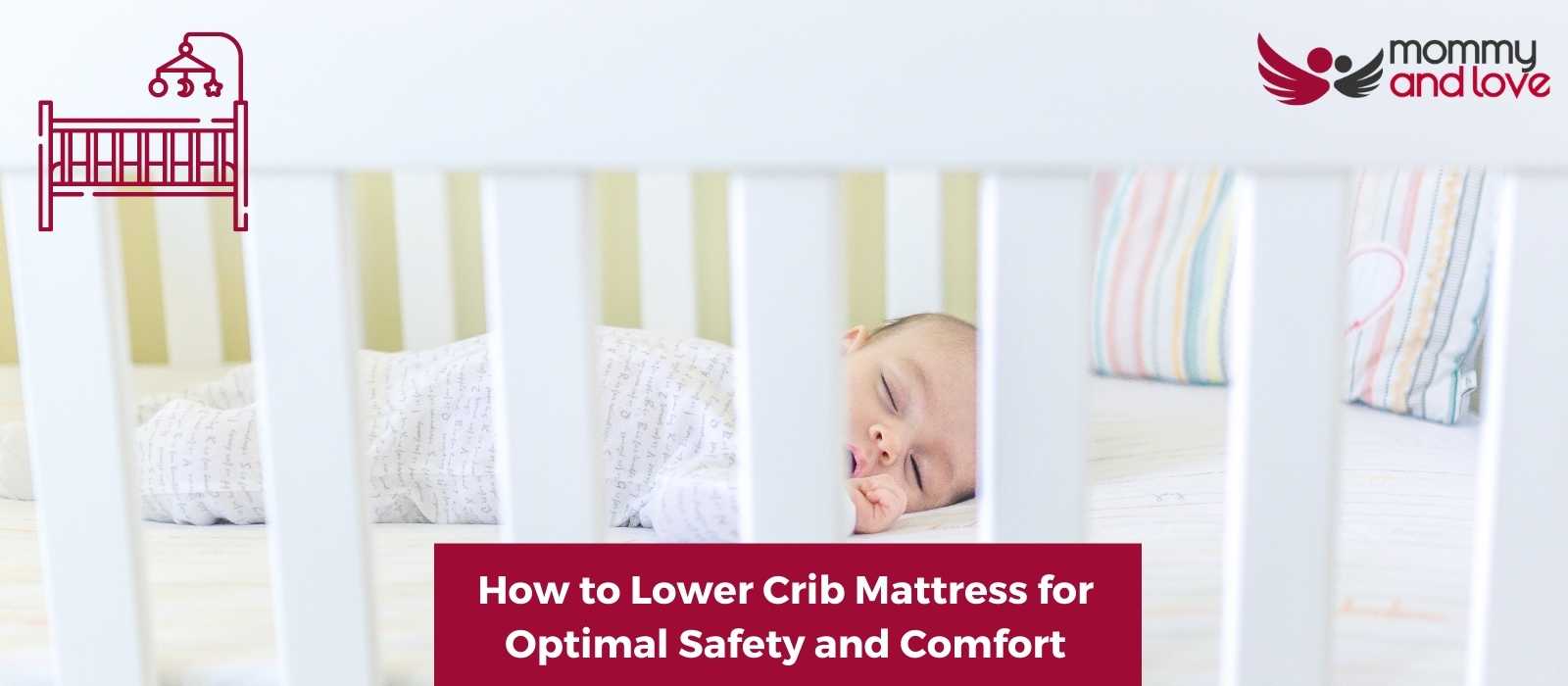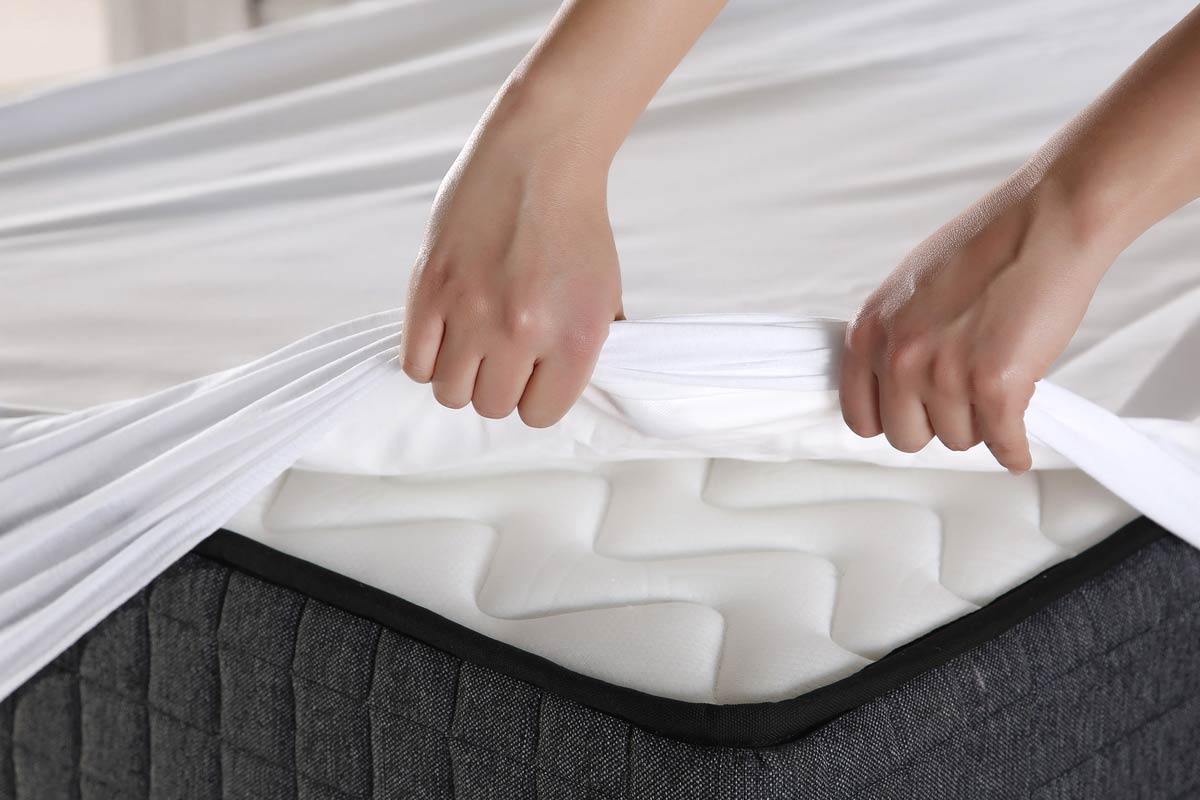When it comes to choosing a mattress for your child, there are many things to consider. One of the most common questions parents have is the difference between a twin mattress and a crib mattress. While both are designed for children, there are some key differences that you should be aware of before making a decision.Differences between a twin mattress and a crib mattress
There is no clear answer to which mattress is better for your child, as it ultimately depends on your child's age and needs. A crib mattress is typically designed for infants and toddlers, while a twin mattress is better suited for older children. However, there are other factors that should be taken into consideration before making a decision.Twin mattress vs crib mattress: which one is better for your child?
One of the main differences between a twin mattress and a crib mattress is their size and dimensions. A crib mattress is usually around 27 inches wide and 52 inches long, while a twin mattress is 39 inches wide and 75 inches long. This means that a twin mattress is significantly larger than a crib mattress, which is important to keep in mind if you are limited on space.Understanding the size and dimensions of a twin mattress and a crib mattress
While a twin mattress may seem like a logical choice for a baby, there are some pros and cons to consider. On the positive side, a twin mattress offers more space for your child to grow into and can be used for a longer period of time. However, it may not be as safe or comfortable for an infant as a crib mattress, which is specifically designed for their smaller bodies.Pros and cons of using a twin mattress for a baby
When deciding between a twin mattress and a crib mattress, it's important to consider your child's age, size, and specific needs. For infants and toddlers, a crib mattress is usually the best option for safety and comfort. However, if your child is transitioning to a big kid bed or is older, a twin mattress may be a better fit.How to choose the right mattress for your child: twin vs crib
If you do choose to use a twin mattress for your baby, there are some safety considerations to keep in mind. Make sure the mattress is firm and fits snugly in the bed frame to prevent any gaps where your baby could get stuck. It's also important to use a fitted sheet and avoid any loose bedding, which can pose a suffocation hazard for infants.Safety considerations when using a twin mattress for a baby
In terms of cost, a crib mattress is typically cheaper than a twin mattress. This is because it is smaller and made with less materials. However, keep in mind that you may need to replace a crib mattress more frequently as your child grows and may eventually need to invest in a twin mattress anyway.Cost comparison: twin mattress vs crib mattress
While a crib mattress may seem like a cost-effective option, it's important to note that a crib mattress is not designed to be used as a twin mattress. It may not fit properly in a twin bed frame and may not provide the necessary support for an older child's growing body. It's best to use a crib mattress for infants and then transition to a twin mattress when your child is ready.Can a crib mattress be used as a twin mattress?
When your child is ready to move from a crib to a big kid bed, there are some factors to keep in mind when choosing a twin mattress. Look for a mattress with good support and a medium level of firmness to properly support your child's growing body. It's also important to involve your child in the process and let them choose a mattress that feels comfortable to them.Factors to consider when transitioning from a crib mattress to a twin mattress
To keep your child's mattress clean and in good condition, it's important to follow some maintenance and cleaning tips. Use a mattress protector to prevent stains and spills, and vacuum the mattress regularly to remove any dust or debris. Additionally, follow the manufacturer's instructions for cleaning and spot-treat any stains as soon as possible.Tips for maintaining and cleaning a twin mattress and a crib mattress
The Importance of Choosing the Right Mattress for Your Little One

Understanding the Differences Between Twin and Crib Mattresses
 When it comes to designing a nursery for your little bundle of joy, there are many important decisions to make. One of the most crucial choices you'll have to make is deciding on the
perfect mattress for your baby
. With so many options available, it can be overwhelming to choose the right one. Two popular choices for young children are
twin mattresses and crib mattresses
. While both may seem similar, they actually have distinct differences that are important to consider when making your decision.
When it comes to designing a nursery for your little bundle of joy, there are many important decisions to make. One of the most crucial choices you'll have to make is deciding on the
perfect mattress for your baby
. With so many options available, it can be overwhelming to choose the right one. Two popular choices for young children are
twin mattresses and crib mattresses
. While both may seem similar, they actually have distinct differences that are important to consider when making your decision.
The Size and Dimensions
 One of the main differences between a twin mattress and a crib mattress is their size and dimensions. A standard twin mattress is typically 38 inches wide and 75 inches long, while a crib mattress is usually 28 inches wide and 52 inches long. The larger size of a twin mattress makes it more suitable for older children who have outgrown their cribs. However, for infants and toddlers, a crib mattress is the perfect size to provide a safe and comfortable sleeping space.
One of the main differences between a twin mattress and a crib mattress is their size and dimensions. A standard twin mattress is typically 38 inches wide and 75 inches long, while a crib mattress is usually 28 inches wide and 52 inches long. The larger size of a twin mattress makes it more suitable for older children who have outgrown their cribs. However, for infants and toddlers, a crib mattress is the perfect size to provide a safe and comfortable sleeping space.
Support and Comfort
 Another important factor to consider when choosing a mattress for your little one is the level of support and comfort it provides. A twin mattress is designed to support the weight of an older child or adult, while a crib mattress is specifically designed for infants and toddlers. This means that a crib mattress may be too firm for older children, while a twin mattress may not provide enough support for a growing baby.
It's important to choose a mattress that is age-appropriate and provides the right level of support and comfort for your child's developing body
.
Another important factor to consider when choosing a mattress for your little one is the level of support and comfort it provides. A twin mattress is designed to support the weight of an older child or adult, while a crib mattress is specifically designed for infants and toddlers. This means that a crib mattress may be too firm for older children, while a twin mattress may not provide enough support for a growing baby.
It's important to choose a mattress that is age-appropriate and provides the right level of support and comfort for your child's developing body
.
Durability and Longevity
 Investing in a good quality mattress for your child is important for their overall health and well-being. When it comes to durability and longevity, twin mattresses tend to have a longer lifespan compared to crib mattresses. This is because they are designed to accommodate the weight and movements of older children and can last for several years. On the other hand, crib mattresses are typically used for a shorter period of time, as children tend to outgrow them around the age of 2-3 years old.
Investing in a good quality mattress for your child is important for their overall health and well-being. When it comes to durability and longevity, twin mattresses tend to have a longer lifespan compared to crib mattresses. This is because they are designed to accommodate the weight and movements of older children and can last for several years. On the other hand, crib mattresses are typically used for a shorter period of time, as children tend to outgrow them around the age of 2-3 years old.
Conclusion
 Choosing the right mattress for your little one is an important decision that should not be taken lightly.
It's essential to consider the size, support and comfort, and durability of the mattress
to ensure your child gets the best sleep possible. While both twin and crib mattresses have their advantages, it's ultimately up to you to decide which one is the best fit for your child's needs. By understanding the differences between the two, you can make an informed decision and create a comfortable and safe sleeping space for your little one.
Choosing the right mattress for your little one is an important decision that should not be taken lightly.
It's essential to consider the size, support and comfort, and durability of the mattress
to ensure your child gets the best sleep possible. While both twin and crib mattresses have their advantages, it's ultimately up to you to decide which one is the best fit for your child's needs. By understanding the differences between the two, you can make an informed decision and create a comfortable and safe sleeping space for your little one.

















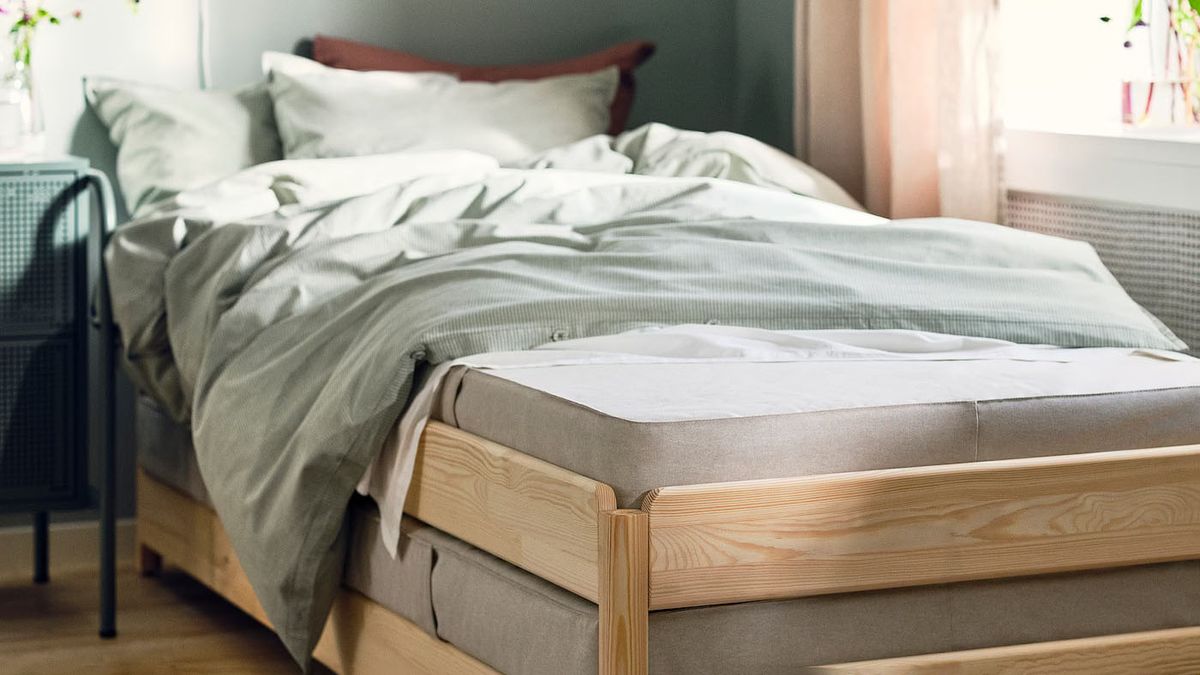










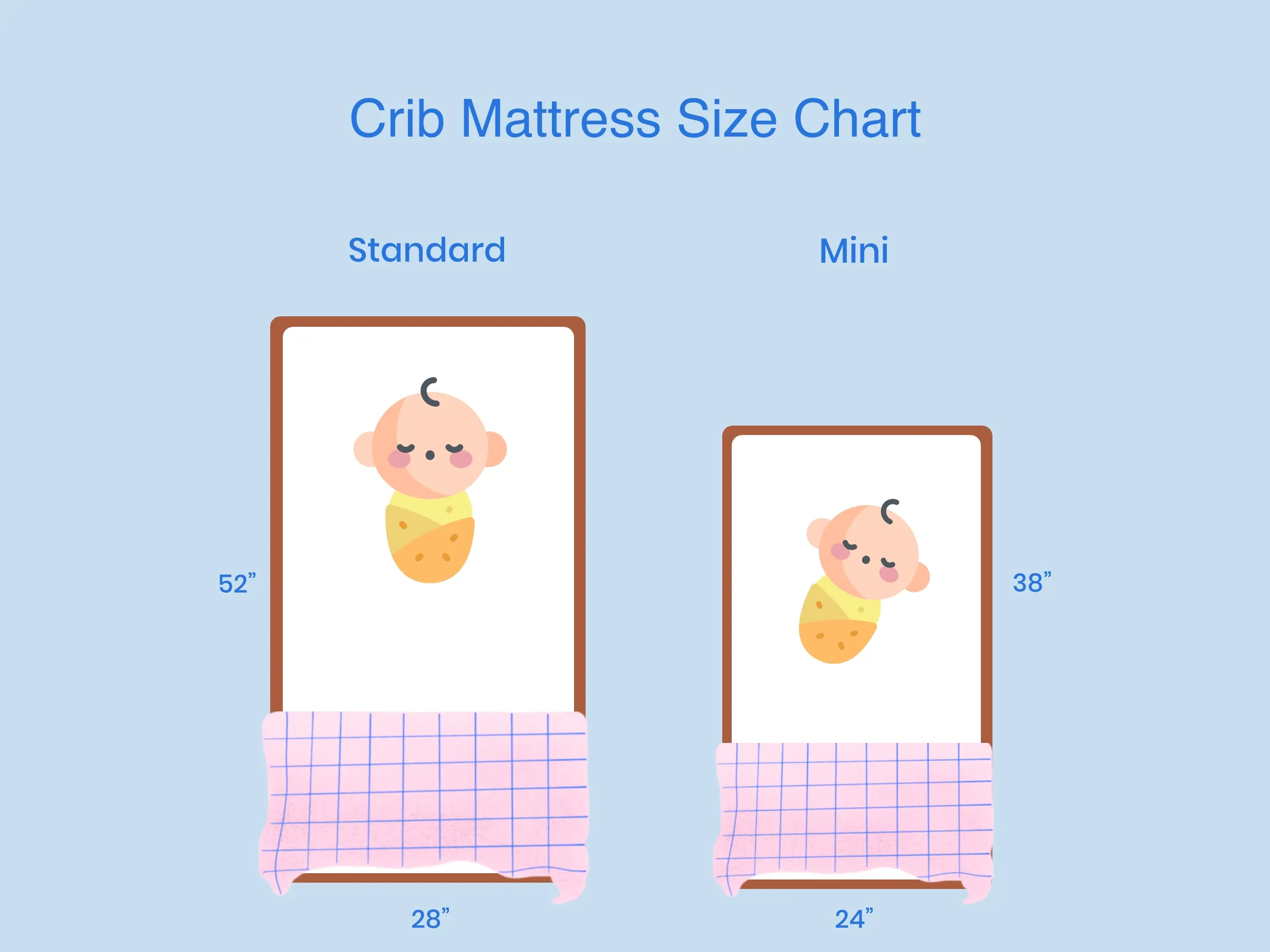



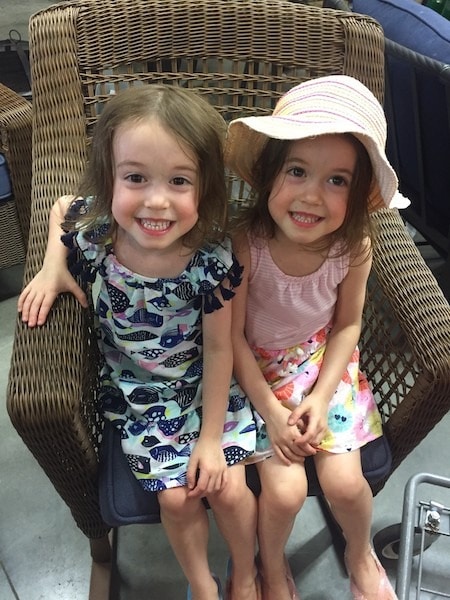







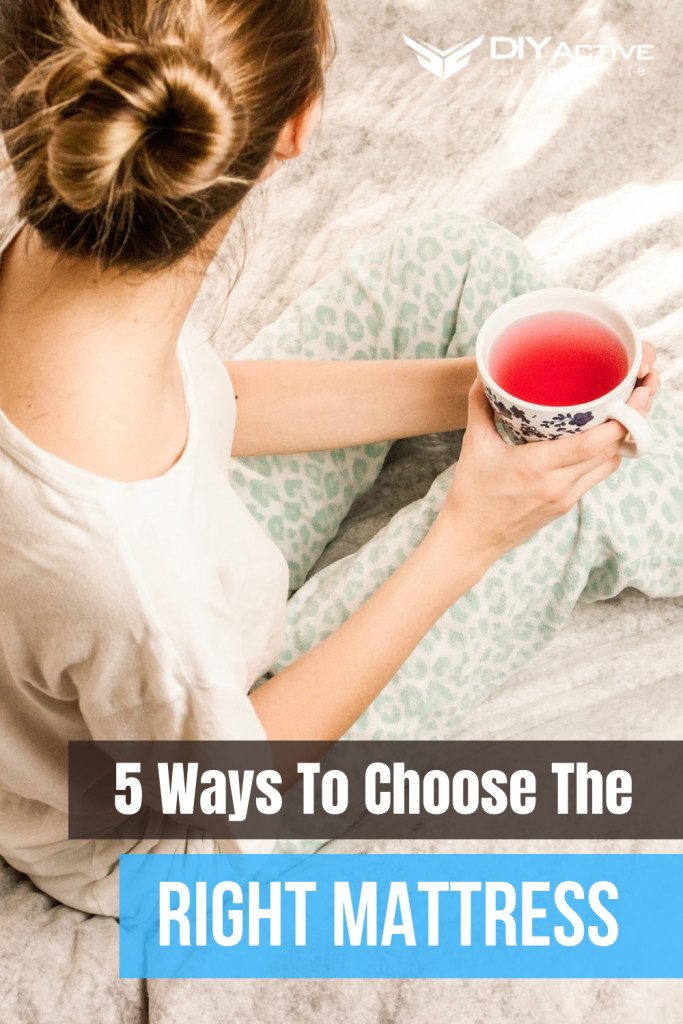



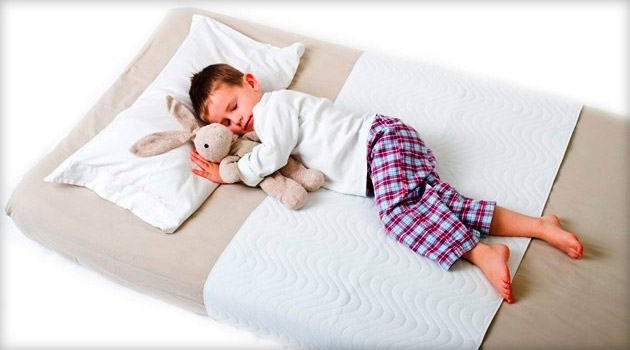








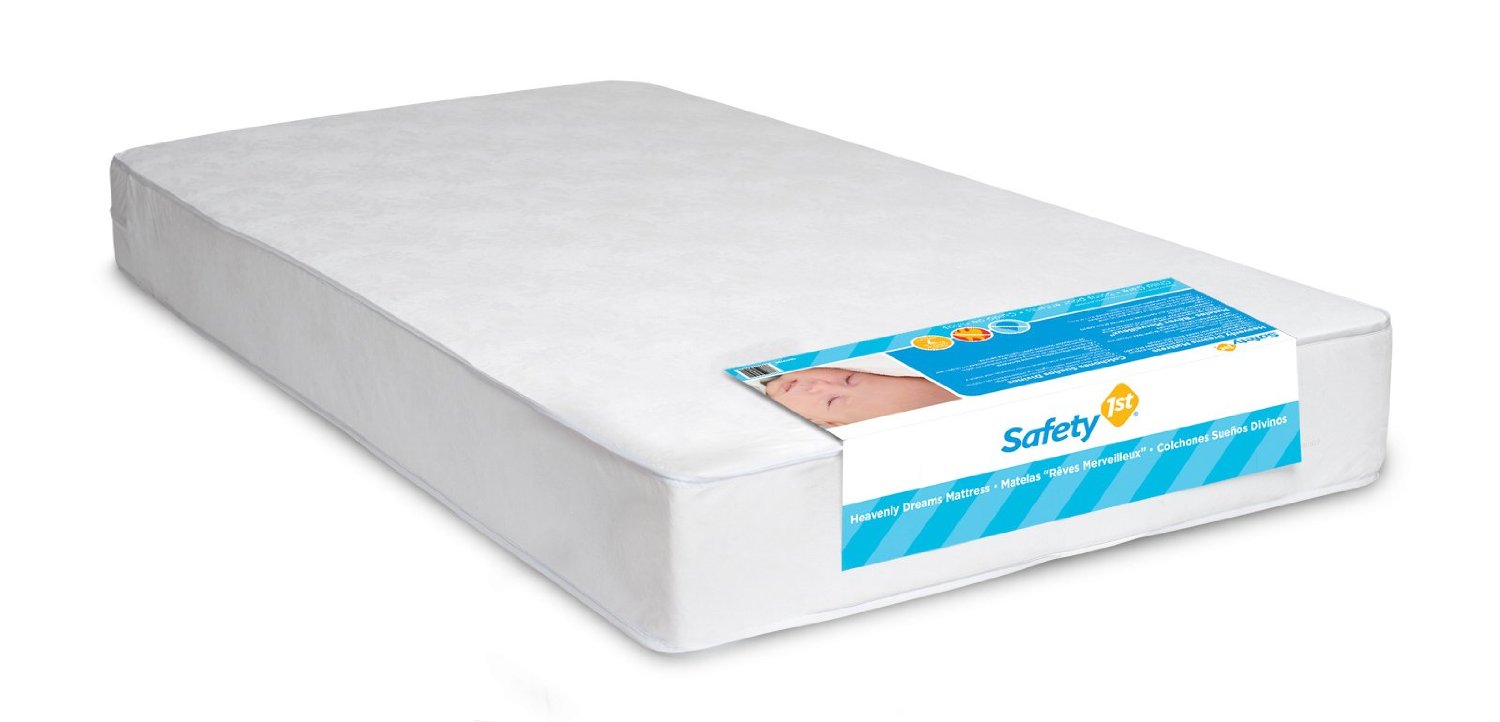
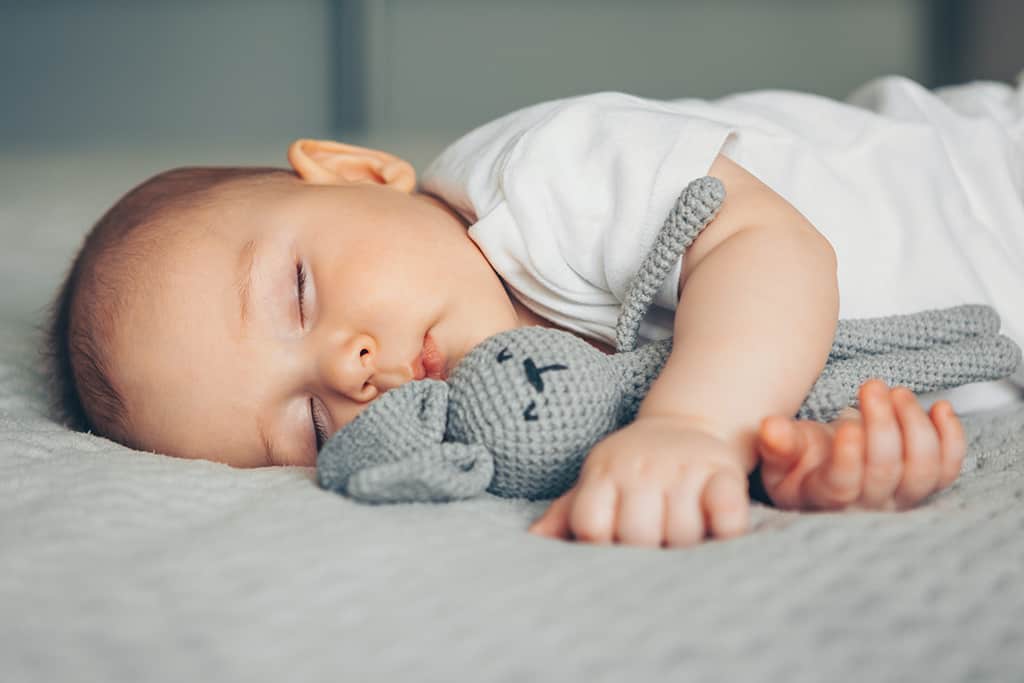





/284559-article-a-guide-to-the-standard-crib-mattress-size-5ac50d3ac5542e0037d552d1.png)




